The planes of the face that are perpendicular to the light source are of course in shadow but …
… the depth and tilt of the plane is expressed via reflected light that bounces from surrounding objects.
It is very important, therefore, to heighten the realism in your drawings by looking for such areas and bringing them out.
Jutting features such as chin, cheekbones, the nose and eyebrows are key places to look for reflected light.
When shading reflected light, use one of two methods. The first is to darken the whole area and blot out the reflected light with a kneaded eraser.
This method works well for areas that are small or don’t have high contrast.
Once the medium–and especially graphite–gets too dark, blotting with an eraser may not be an option.
The second method is better for larger pictures or areas that require extreme contrast.
Begin by mapping out the shape of reflected light. Shade around it, dropping in both midtones and the core of shadow.
Finally, blend the tone from the core of shadow upwards into the white area using a clean tortillon or chamois cloth.
Either method will result in a subtle light within the shadow, which will bring your drawing to life by making the viewer see greater depth in the picture plane.
Though often overlooked by portrait artists, it is the reflected light within shadows that gives an object dimension.
The highlight is not nearly as important in creating drawings that are not only accurate descriptions, but appear almost to be three-dimensional as well.
(Reflected light lifts the tip of the nose while the highlights on the nostril and tip help describe the roundness of the shape)
(Reflected light above the eye and below the eyebrow serves the dual purpose of making the eyeball appear to sink in, and the eyebrow to stand out on the face)
Want To Learn More…
Learn how to draw portraits like a master with our latest portrait mastery drawing course.
It’s just like having your own drawing teacher guide you step-by-step along the way without the expensive price tag.
No more smudgy mess with black and white that looks like a first grader whipped up in art class.
“Portrait Mastery” is generously illustrated showing you step-by-step just how to create a real life portrait.






